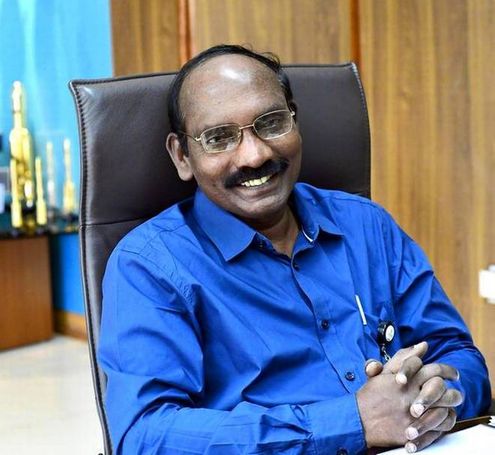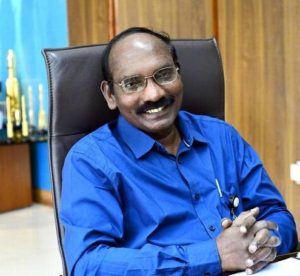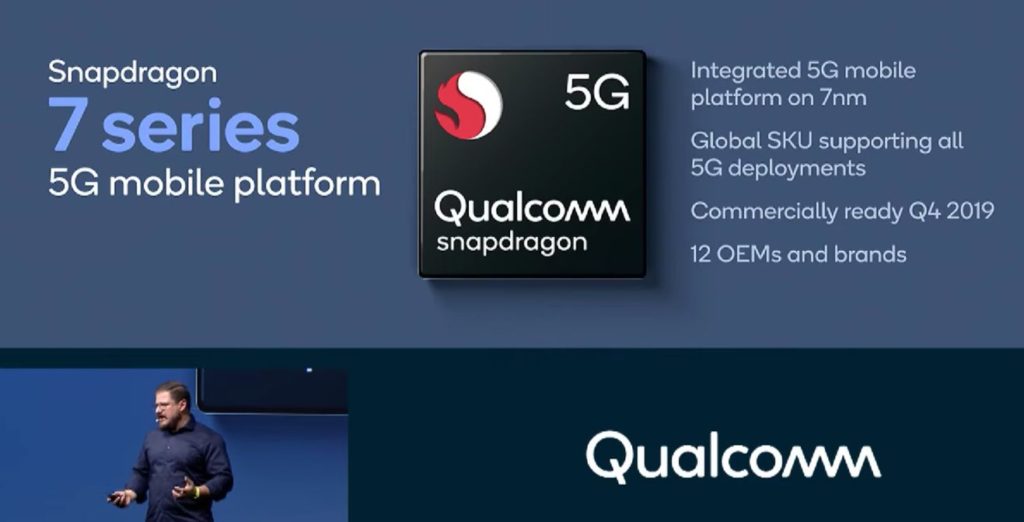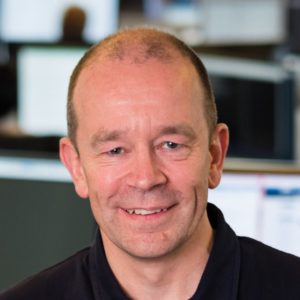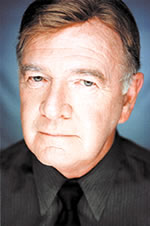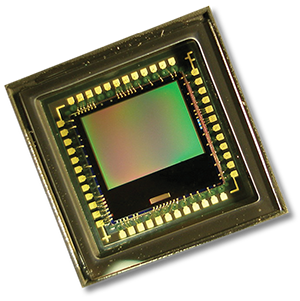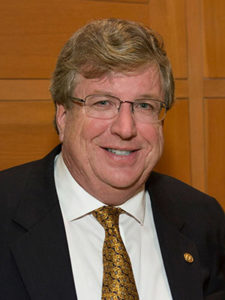Copia : Founder Komal Ahmad Solving Hunger with Technology
Two people sitting inside a restaurant orders the food of four, but can’t finish it. They pay for the food and leave the left-over on the table. What will happen to the left food? Obviously, the restaurant will throw it in the garbage. But is it right to do so? Komal Ahmad, the CEO of Copia, does not agree with that too. Throwing the food away is not the solution when many people out there are homeless and cannot afford a one time meal. But how to reach out to these people? Of course, there are many charitable organisations that partners with restaurants and other firms, to get the food, but these organisations have also rules about the food they accept.
While studying international health and global development at the University of California, Berkeley, Ahmad found it disgusting how the management used to throw the leftovers near the mess. Meanwhile, she met a former army man, who had just come back from Iraq, begging for food on the streets. He was waiting for his finances to come but had no money to buy food. Ahmad took the man for lunch, but a one-time meal could not fix the whole problem of wastage of food and poverty.
She thought of taking the leftover food from the mess to such needy people, but the process had many management rules to follow. This way, not even the home-less could have that food nor the charitable organisations would accept it. But Ahmad was too determined to solve this problem and with her college management produced new ways to donate the food to the needy. But this was not it. She knew that the problem is even bigger, and they need to manage all the food in the world. But there is a lot of difference in thinking and doing.

After digging deep, Ahmad decided to mix the technology with her food management plan. She was aware that there are many online car rental and food delivery services. So her idea was to get a similar app for picking up the wasted food and deliver it to the person in need.
She has mentioned a few times in her interviews that she finds the food-wastage problem as “literally the world’s dumbest problem.” Since she wanted to expand the idea of saving the food from wasting, she hired a development team, to develop a similar app, like Uber and other delivery services, where the working of the app was a bit different. Through the app, the corporate cafeterias, hospitals, universities, hotels, restaurants, and other businesses would book a pickup for the wasted food, and a delivery guy would pick it up and deliver it at a place where it is needed the most.
Finally, in 2016, Ahamd founded Copia, a non-profit company at the beginning, and an app for accessing the service. She put all her life-savings into the startup and with her team participated in the Y-Combinator accelerator program, where she learnt how to manage a business. Along with that Copia received a $120,000 in exchange for 7% of the company from Y-Combinator.
Since she was not from a business background, Ahmad had to learn a lot. She had devoted all her time to her startup, so she had to make the company a for-profit firm by charging a small fee from the restaurant or others who wanted to donate their food. In fact, the donors get the enhanced tax deduction of up to 15% of its fair market value. So they are also a profit. At the delivery, the donor gets full receipt and pictures as proof. The app includes a testimonial from the receivers like non-profits, as well as data analytics service too.
The delivery guys on Copia are mostly homeless people. There are eight permanent employees at the company, and around 200 people have been delivering the food as a part-time delivery person. The platform is responsible for recovering 900,000 pounds of food and feeding up to 2 million people a year. During the Superbowl event in San Francisco in 2016, the company fed 24000 people in two days.
In 2016, at the Women in the World Salon in Los Angeles, Toyota named Ahamd one of the company’s “Mothers of Invention” and awarded her a $50,000 grant to fuel the startup.
Komal Ahmad is happy how the company has grown in the past three years and want to include clothing, medicine and blanket supply into the service shortly. She also wants to expand the service in major cities of the U.S., and later, to the other parts of the world. According to some reports, the German and Austrian governments also contacted Ahmad in the same regard.
The inspiring startup story of Ahmad gives us hope for humanity and another example of how technology can help one change things in a better way.

Yashica is a Software Engineer turned Content Writer, who loves to write on social causes and expertise in writing technical stuff. She loves to watch movies and explore new places. She believes that you need to live once before you die. So experimenting with her life and career choices, she is trying to live her life to the fullest.

